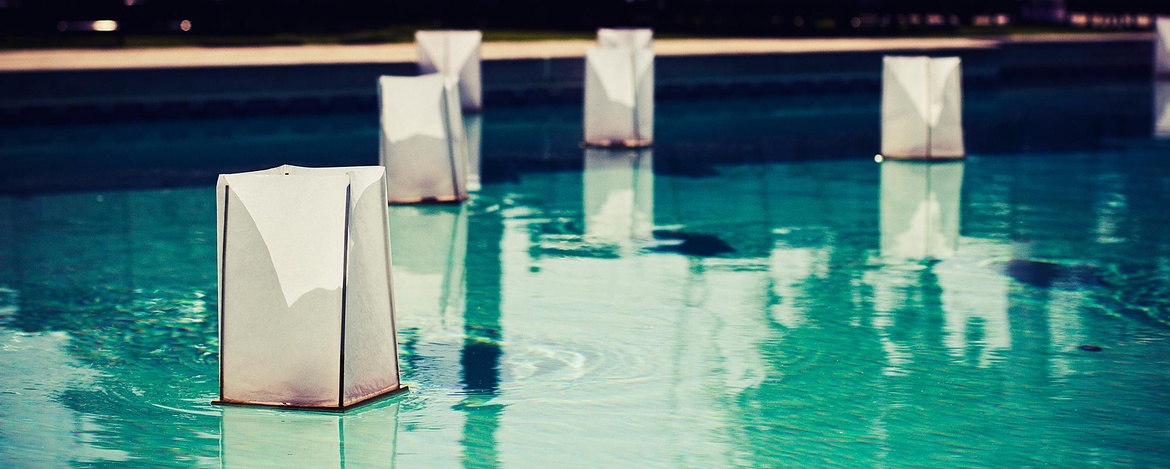On SingletonAdmins and SitewideContent (editing sitewide content in Mezzanine's admin)
The problem
Recently while working on developing a Mezzanine powered site I was asked to make it possible to edit the footer in the Mezzanine admin. In this case the footer contained a block of text that was contact info and two blocks that were links, some within the site, some external. In the past I've created a ContentBlock model that is just a title and RichTextField. I then have created an accompanying templatetag that looks content blocks up by title and displays the associated content field. That approach works but it's brittle because if someone changes the title of a content block it will no longer be displayed. It also results in extra overhead because displaying three sections would require three database calls. This time around I thought about the problem some more, and came up with a superior solution which makes use of Mezzanine's SingletonAdmin class.




